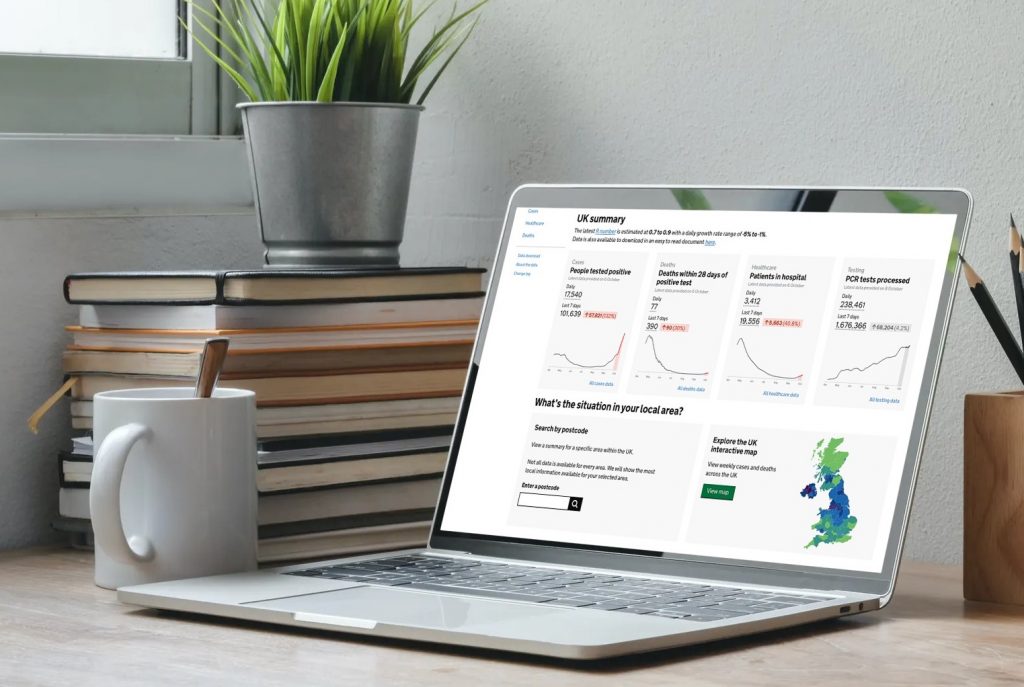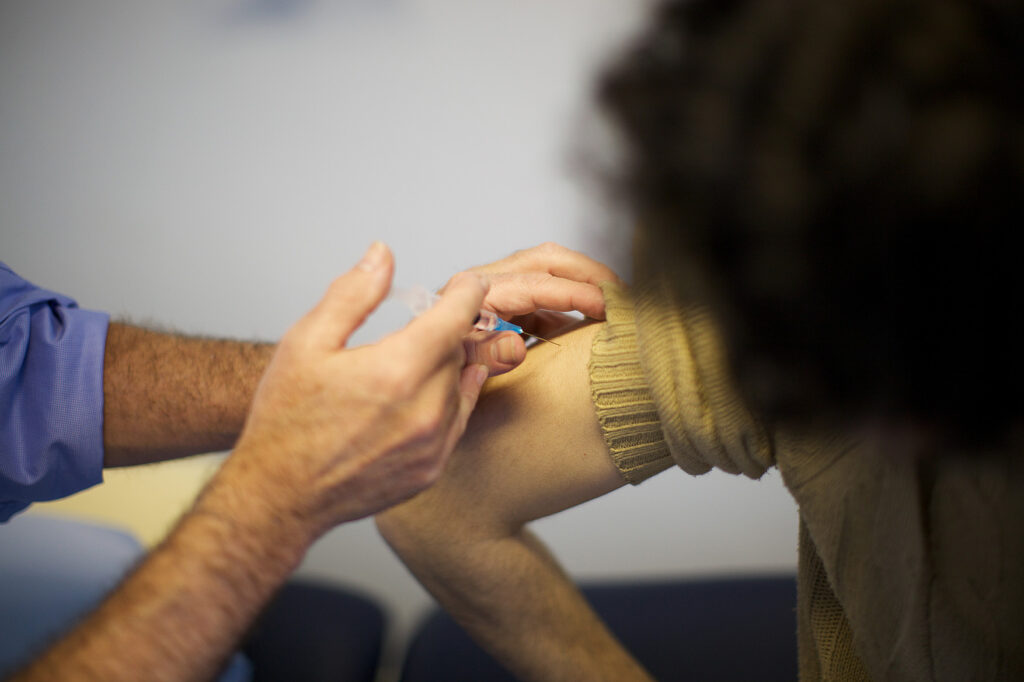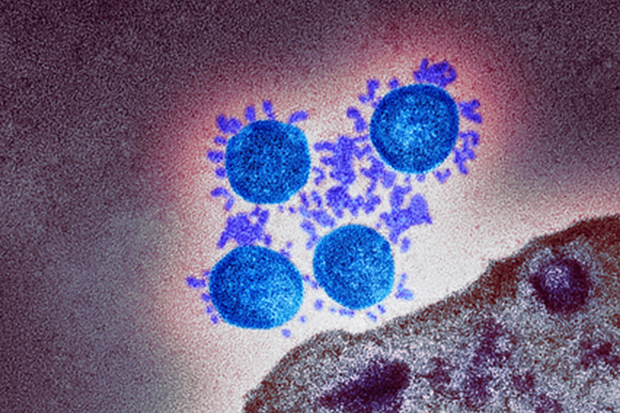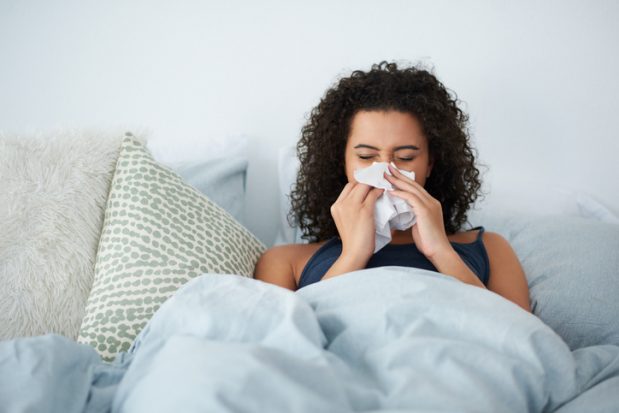Coronavirus (COVID-19)
We are changing the way we present COVID-19 death statistics on the GOV.UK COVID-19 Dashboard. “Deaths with COVID-19 on the death registration” will replace “deaths within 28 days of a positive test” as the primary reported COVID-19 death statistic. This blog explains why we are making changes to how we present data on COVID-19 deaths.
The COVID-19 pandemic led to enormous public interest in statistics, with sudden and urgent need to track the virus almost in real time. Whilst this was a big challenge for our statisticians, it led to real innovation in the way …
This winter, both COVID-19 and flu may circulate at high levels, potentially at the same time. Ahead of what could be a difficult season, millions of people are being offered vaccination to help protect them over the coming months.
Since the onset of the pandemic scientists and researchers, aided and supported by the UK Health Security Agency (UKHSA) and DHSC, have mobilised to create surveillance systems that have infinitely improved our understanding of COVID-19. This blog looks at some of those systems.
The Government’s Living with COVID-19 plan set out how the UK would transition from managing COVID-19 as an emergency response to living with the virus, whilst ensuring we retain the resilience and contingency capabilities to deal with the uncertainty around …
Two years ago, we launched the SARS-CoV2- Immunity and Reinfection Evaluation Study, known as SIREN, the largest of its kind globally. The study set out to find answers to some of the most important questions about COVID-19. The SIREN study …
Changes to how we carry out and support COVID-19 testing mean that ‘Pillar 2’ testing data, which includes community LFD and PCR testing of both symptomatic and asymptomatic cases, will no longer provide the same volume of data; it will therefore not be the key component of our weekly reports, which will be dominated by …
Learning to live with COVID relies on us all taking sensible actions to help stop the spread of the virus and other respiratory infections, which in turn will help to protect those who are most vulnerable.
After more than two years of the COVID-19 pandemic, all corners of our lives have been impacted by the virus whether it’s our health, work, education, or social lives. But we learned very early on that some communities felt the consequences of COVID-19 harder than others, and although the picture has improved, that’s still as …
The COVID-19 pandemic and the restrictions it has made necessary have had a significant impact on the education, health and social development of our children and young people.








